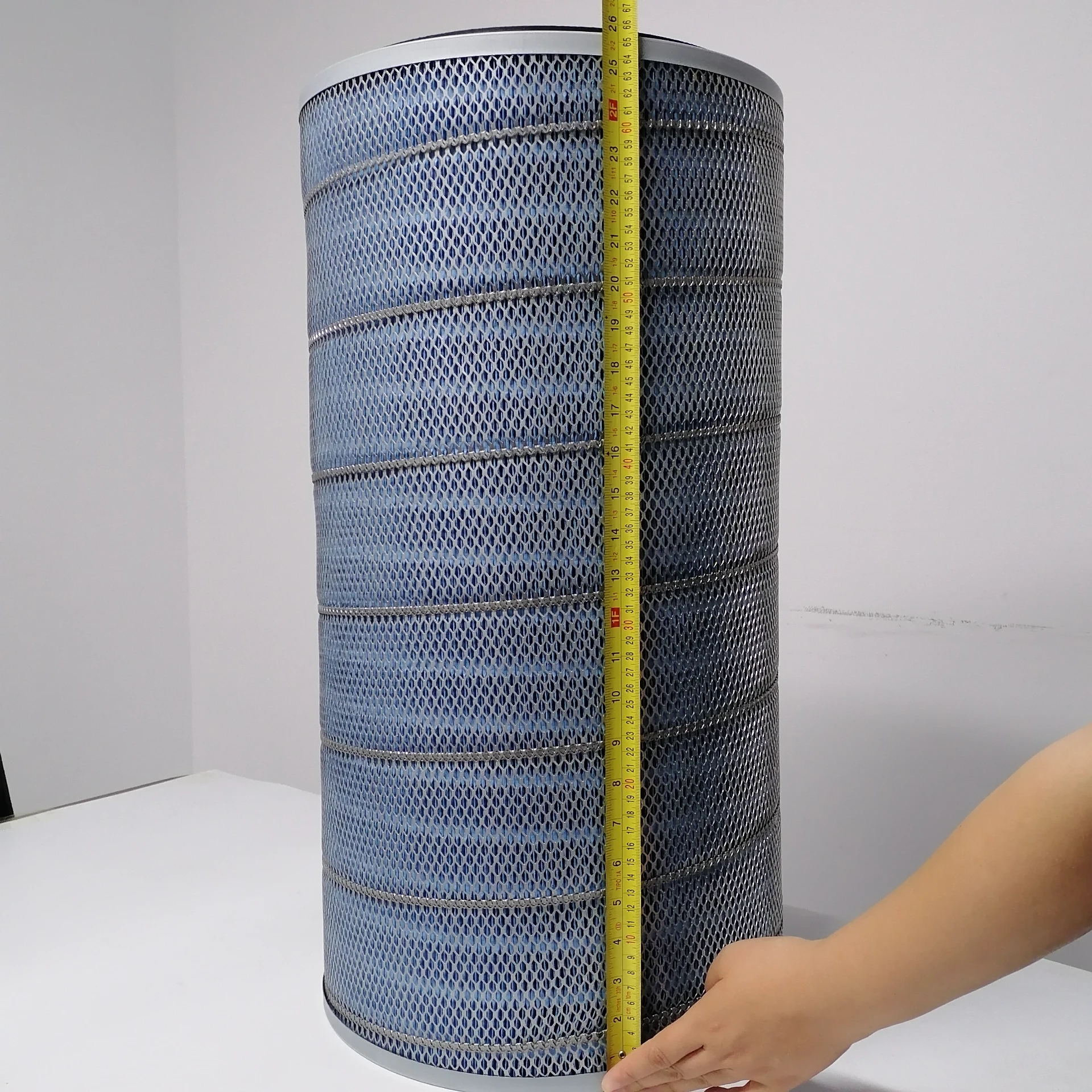 Tel:
+8615930870079
Tel:
+8615930870079
lis . 29, 2024 11:35 Back to list
Efficient Cartridge Dust Collector Filter Solutions for Optimal Air Quality Control
Cartridge Dust Collector Filter An Essential Component for Industrial Air Quality Management
In today's industrial landscape, maintaining air quality is a vital aspect of operations, particularly in sectors like manufacturing, woodworking, food processing, and pharmaceuticals. One effective solution for controlling airborne dust and particulate matter is the cartridge dust collector filter. This apparatus plays a crucial role in ensuring workplace safety, regulatory compliance, and overall equipment longevity.
Understanding the Cartridge Dust Collector Filter
A cartridge dust collector filter is a type of air filtration system designed to capture airborne particles from industrial processes. The system typically consists of a series of cylindrical filter cartridges that provide a large surface area for dust accumulation. The design allows for efficient filtration while minimizing the pressure drop, which is a crucial factor for maintaining optimal airflow within the facility.
These filters are usually made from materials such as polyester or polypropylene that possess high dust-holding capacity and are compatible with a wide range of chemical environments. The cartridge design is particularly advantageous because it can be easily replaced when needed, reducing downtime and maintenance costs.
How It Works
The operation of a cartridge dust collector filter is relatively straightforward. As contaminated air is drawn into the collector, it passes through the filter cartridges. The larger dust particles are trapped on the surface of the filter, while the clean air is released back into the environment. Over time, dust accumulates on the filter surface, which can lead to clogging and a subsequent increase in resistance to airflow.
To combat this, most cartridge dust collectors are equipped with a cleaning mechanism, such as pulse jet technology. This system periodically emits bursts of compressed air back through the filter, dislodging the collected particles and allowing them to fall into a collection hopper. This self-cleaning process helps maintain performance and efficiency, reducing the frequency with which filters must be replaced.
cartridge dust collector filter

Benefits of Cartridge Dust Collector Filters
1. Health and Safety Compliance Many industries are subject to stringent air quality regulations. Utilizing cartridge dust collector filters helps businesses comply with occupational safety and environmental laws, safeguarding employee health and promoting a safe working environment.
2. Enhanced Air Quality By effectively removing dust and other contaminants from the air, these filters improve indoor air quality (IAQ), contributing to the well-being of employees and reducing the risk of respiratory issues related to dust exposure.
3. Cost-Effective Solution Although there is an upfront investment in dust collection systems, cartridge filters offer long-term savings through reduced equipment wear and lower energy costs associated with improved airflow efficiency.
4. Versatility Cartridge filters are suitable for a wide range of applications and industries, making them a versatile choice for various operations. Whether it’s a small woodworking shop or a large manufacturing facility, these filters can be tailored to meet specific operational requirements.
5. Ease of Maintenance The replaceable cartridge design simplifies maintenance procedures, allowing for quick and efficient filter changes without needing extensive system shutdowns.
Conclusion
In conclusion, the cartridge dust collector filter is a critical component that plays a significant role in industrial air quality management. Its ability to efficiently capture dust while allowing for easy maintenance and compliance with health regulations makes it an attractive solution for many businesses. As industries continue to prioritize health and environmental concerns, the implementation of effective dust collection systems, such as cartridge filters, will undoubtedly grow in importance. Investing in such technology not only supports regulatory compliance but also fosters a healthier workplace, ultimately benefiting both employees and the organization as a whole.
-
Types and Applications of Air Filtration CartridgesNewsJul.28,2025
-
The Role of Gas Turbine FiltersNewsJul.28,2025
-
Mastering Air Filter Cartridge UseNewsJul.28,2025
-
Advanced Turbine Filters for Modern Gas TurbinesNewsJul.28,2025
-
Cellulose Air Filter Cartridge Advantages in Dust FiltrationNewsJul.28,2025
-
Cellulose Filters for Air Particle ReductionNewsJul.28,2025

 Email:
Email:





